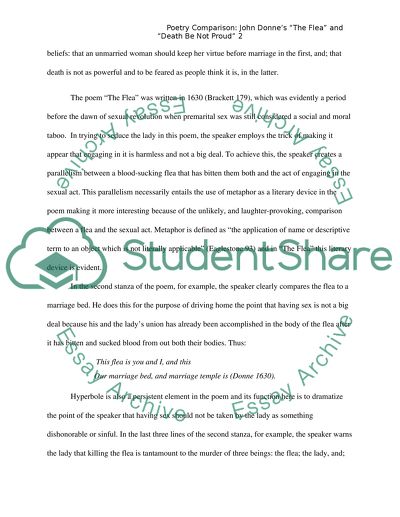Cite this document
(“Poetry Comparison: John Donnes The Fle and Death Be Not Proud Essay”, n.d.)
Retrieved from https://studentshare.org/literature/1434875-poetry-comparison-john-donnes-the-fle-and-death-be-not-proud
Retrieved from https://studentshare.org/literature/1434875-poetry-comparison-john-donnes-the-fle-and-death-be-not-proud
(Poetry Comparison: John Donnes The Fle and Death Be Not Proud Essay)
https://studentshare.org/literature/1434875-poetry-comparison-john-donnes-the-fle-and-death-be-not-proud.
https://studentshare.org/literature/1434875-poetry-comparison-john-donnes-the-fle-and-death-be-not-proud.
“Poetry Comparison: John Donnes The Fle and Death Be Not Proud Essay”, n.d. https://studentshare.org/literature/1434875-poetry-comparison-john-donnes-the-fle-and-death-be-not-proud.


